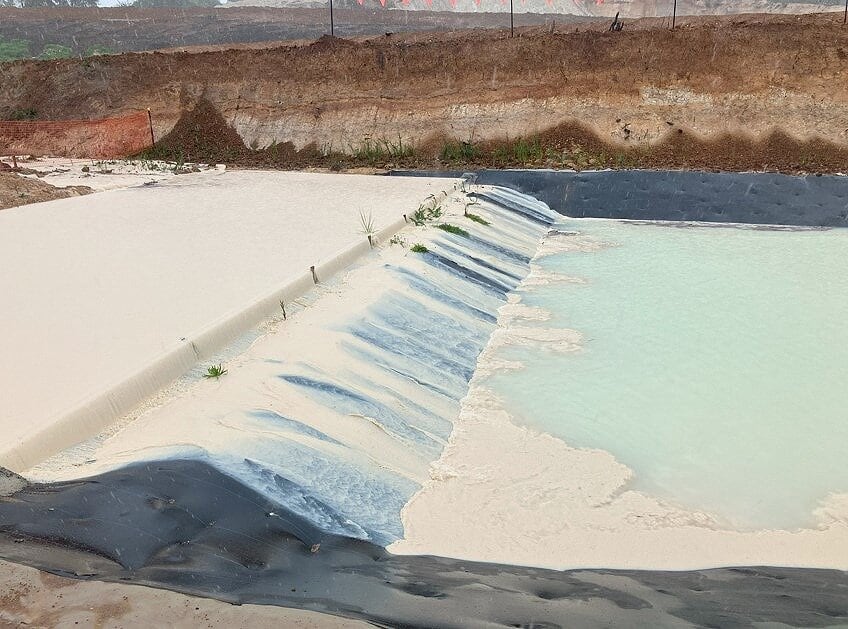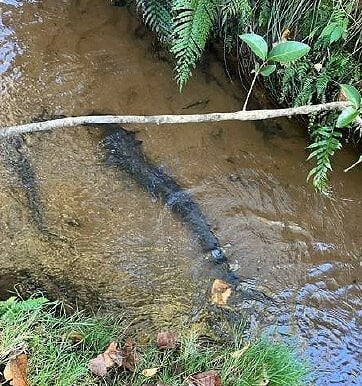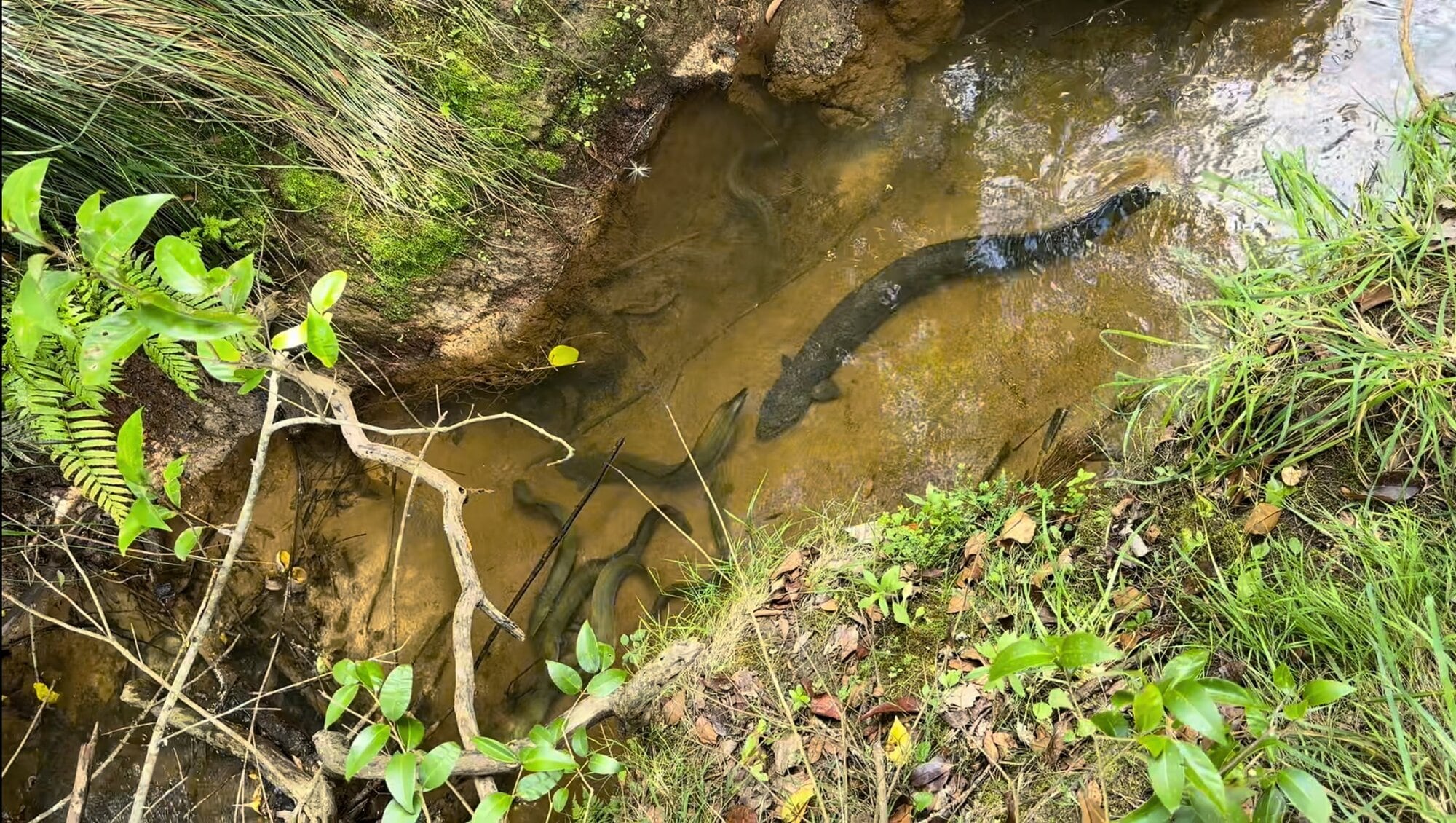After months of intensive work involving 35 dump trucks, 10 bulldozers and 20 excavators shifting millions of litres of soil, the Takitimu North Link project is progressing towards more than just a transport milestone – it’s fostering a deeper environmental connection.
As the 2025 planting season continues, 164,000 native plants will go into the ground, adding to the 70,000 already established. In total, more than 900,000 plants will be required to restore and enhance the landscape. To date, the project has clocked up more than 22.5 million hours of work, with more than 2478 people inducted to work on various elements of the build.
Personality in the ponds
In the midst of the heavy machinery and tight deadlines, a bit of light-heartedness has emerged. The numerous sediment and earth bund ponds across the site have been given human names – a tradition embraced by contractors to bring a sense of familiarity and care to the work.
“We give all of our ponds names,” said NZTA project director Angela Crean.
“From Andrew to Richard, Rhino to Splashy – all of them have personalities. Naming them makes it easier to refer to them in day-to-day conversations than using codes like ‘SRP-CH1290-MA’.”

This pond has been named Iain by contractors on the Takitimu North Link. Photo / Supplied
The project has a total of 34 ponds, including 24 Sediment Retention Ponds (SRPs) and 10 Decanting Earth Bunds (DEBs). In one section of the Wairoa River valley, the team named five DEBs after the Spice Girls – Baby, Ginger, Posh, Scary and Sporty.
The largest pond on-site – at 2211 cubic metres – was the first constructed and affectionately named OG, short for “Original Gangster”.
The ponds play a crucial role in environmental management, capturing and treating stormwater runoff to reduce sediment entering natural waterways, said Crean.
Richard the Sediment Retention Pond in the Te Mete valley. Despite his "worst-behaved pond" reputation, he's been doing a great job lately. Photo / Supplied
“Large rain events do put the ponds under pressure. During those times, you’ll see our crew out in the rain, soaked through, walking the catchments and adjusting the ponds to ensure they’re working at peak performance.”
When asked which ponds stood out, the answer was clear: “Te Oturu is the best-behaved pond on site – and the worst? That’s definitely Richard.”
Lolong the longfin
Wildlife had also made itself at home among the project’s earthworks, including native eels (tuna), ducks, grey herons and many other bird species. Before decommissioning any pond, crews check carefully for aquatic life, Crean said.
“In one case, we found and safely relocated 21 eels from a single pond back into the streams.”
But one eel had become more than a passing visitor, said Crean.
“Our team working in Minden Gully befriended a long-finned eel back in 2022. They named him Lolong, and every day he swims up to have smoko with the boys.
“It’s really great to see how much love and care the crews have for our wildlife on-site. Lolong is part of the team and has been watching over us for years.”

Lolong the friendly eel, who joins the crew for smoko. Photo / Supplied
The longfin eel, native to New Zealand, can live for 60-80 years, and in some cases even longer. It’s likely Lolong would still be gliding through the waters long after the final bridge is built and the last culvert laid.
Building the future
Once complete, Stage 1 of the Takitimu North Link would be a new 6.8km, four-lane expressway between Tauranga and Te Puna, providing a much-needed alternative to State Highway 2. With 10 bridges, 19 culverts, eight stream diversions, seven wetlands and three million cubic metres of earthworks, it’s one of the region’s most significant infrastructure projects and is due for completion in 2028.

